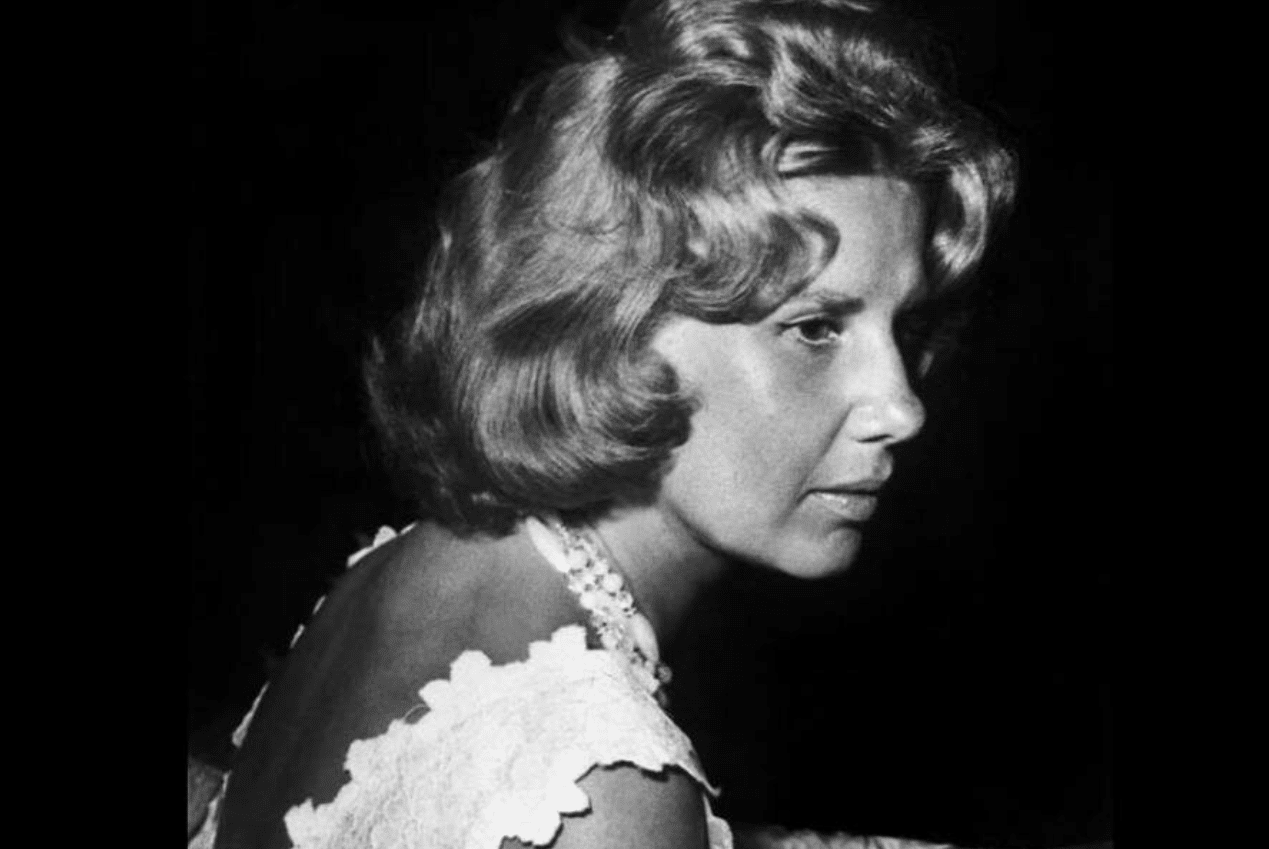Few aristocrats lived with as much drama, defiance, and flair as Cayetana Fitz-James Stuart, the Duchess of Alba. With over 40 titles, a 3-billion-euro fortune, and a love life that scandalized Europe, she outshone even monarchs. From royal friendships and exile to flamenco weddings and inheritance feuds, her story had it all—but nothing shocked more than her third marriage at age 85 to a man 25 years younger, without a single title. This is the unforgettable life of the woman who rewrote the rules of nobility.
The Wedding That Stopped Spain
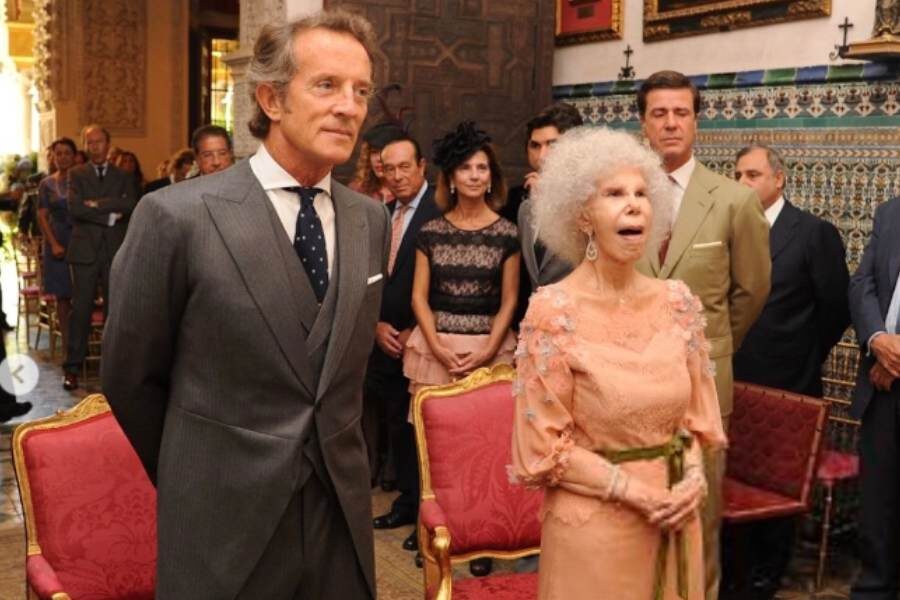
On October 5, 2011, Seville witnessed one of Europe’s most surprising weddings. At 85 years old, Cayetana, the Duchess of Alba, one of the wealthiest women in Europe, was getting married for the third time.
Balconies around the Palacio de Las Dueñas are rented for over 2,000 euros. Reporters camped outside for hours, hoping to glimpse the bride, who was marrying a man 25 years younger.
It shocked many- but not those who truly knew Cayetana. She had defied expectations from birth. To understand this moment, you must know the wild, legendary life that led to it.
A Noble Beginning
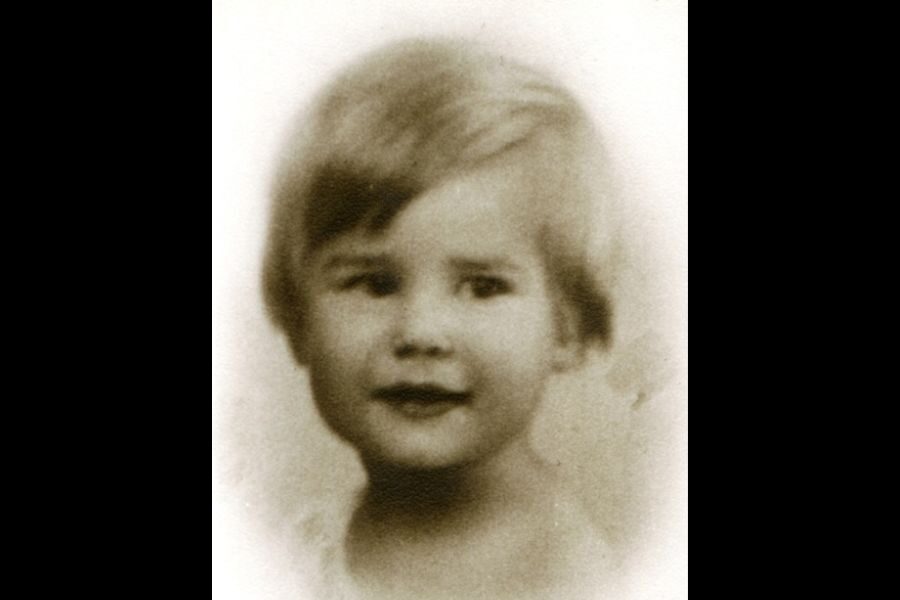
Cayetana Fitz-James Stuart was born on March 28, 1926, in Madrid, to Jacobo Fitz-James Stuart, 17th Duke of Alba, and María del Rosario de Silva, 9th Marchioness of San Vicente del Barco.
Her parents were aristocratic royalty. Together, they united immense wealth, sprawling estates, and centuries of noble blood into one dazzling inheritance.
As the sole heir to the House of Alba, Cayetana was born into power, privilege, and pressure. Her life would be filled with royalty, rebellion, scandal, and unforgettable friendships, with a few inheritance battles and love dramas thrown in.
A Name That Needed Its Own Zip Code
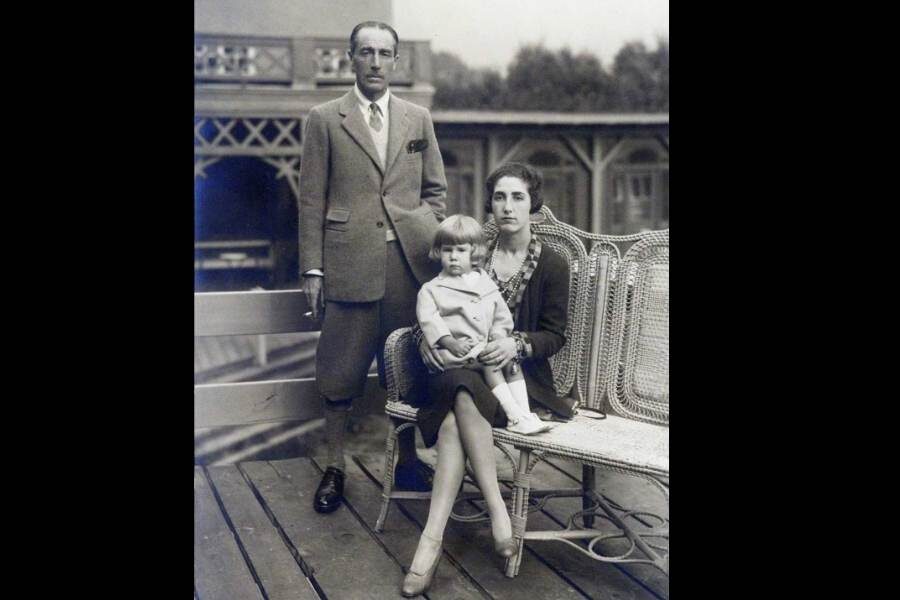
Someone born into such a legacy and destined for such chaos couldn’t possibly have an ordinary name. Cayetana’s full name was a saga all by itself.
Officially, she was María del Rosario Cayetana Paloma Alfonsa Victoria Eugenia Fernanda Teresa Francisca de Paula Lourdes Antonia Josefa Fausta Rita Castor Dorotea Santa Esperanza Fitz-James Stuart y de Silva Falcó y Gurtubay. Try fitting that on a school form.
Every single name honored a saint, ancestor, or powerful noble house. However, people close to her would lovingly call her “Caye”.
A Palace Too Big for Comfort

Though Cayetana was born into palaces and privilege, her earliest memories were marked by heartbreak. Her mother fell seriously ill with tuberculosis just months after her birth.
To prevent contagion, a separate wing of the vast Palacio de Liria was prepared for her mother. The mansion was large enough to enforce distance—painfully so.
Servants kept the child away, but if she ever slipped past them, her mother, fearing for her safety, would throw objects to make her run.
An Heiress, But Without a Mother
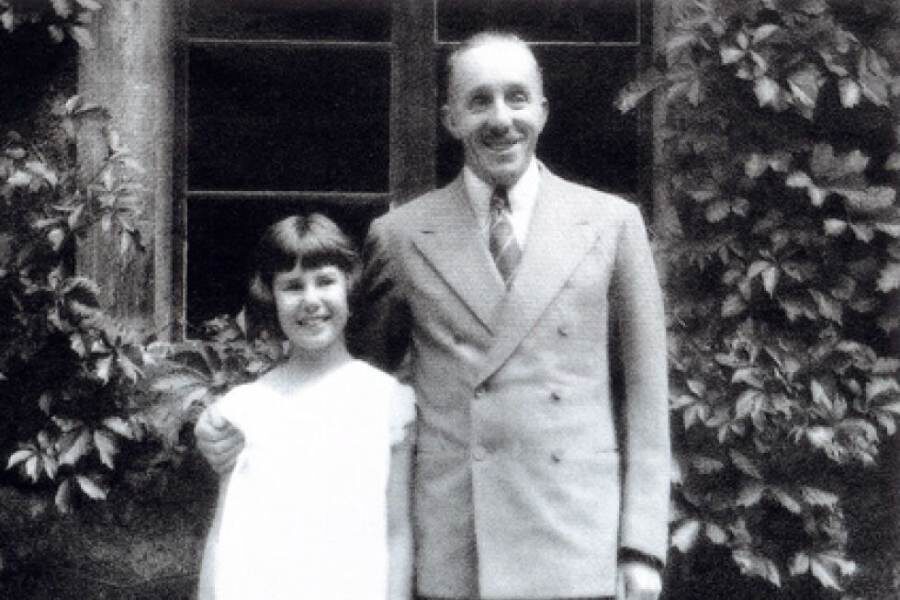
Cayetana and her mother remained painfully distant from each other. Tuberculosis stole moments they never got to share. At some point, six-year-old Cayetana was even sent away to live abroad.
When the Second Republic took power in 1931, her father sent her to Paris for safety. There, she lived with her grandmother. Still far from her mother, she waited.
Sadly, Maria del Rosario died when Cayetana was just eight. It was a heavy blow. Alongside centuries of titles, she inherited a childhood marked by distance, grief, and duty.
The Most Titled Woman on Earth
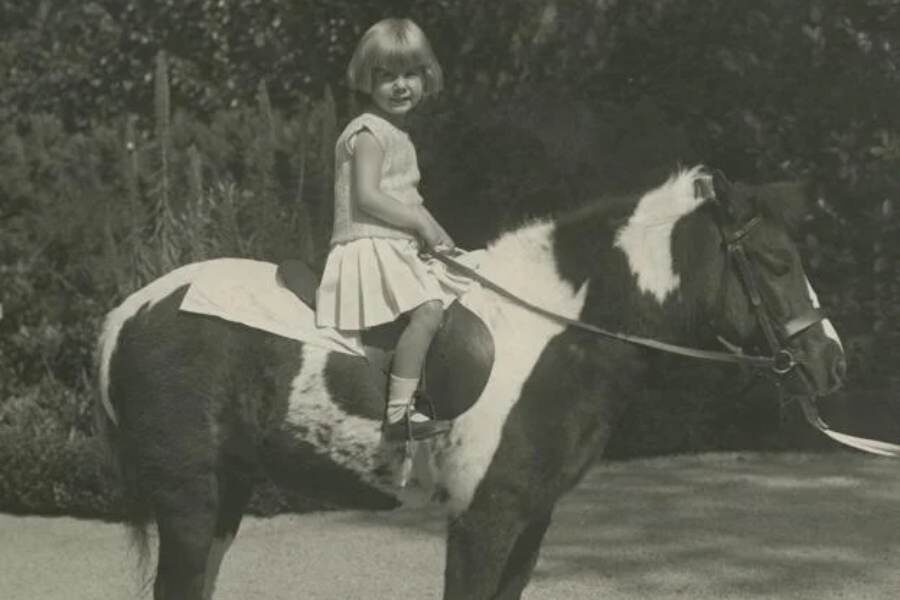
After her mother’s passing, Cayetana didn’t just inherit wealth—she inherited records. With more than 40 titles, she entered the Guinness Book as the most titled aristocrat in history.
Her portfolio included six dukedoms, 19 marquessates, 20 counties, a count-duchy, and one viscountcy. It was less a resume and more a royal empire.
Each title came with land, prestige, and obligations. Spanish nobility didn’t get more official than Cayetana Fitz-James Stuart.
Childhood Interrupted by War
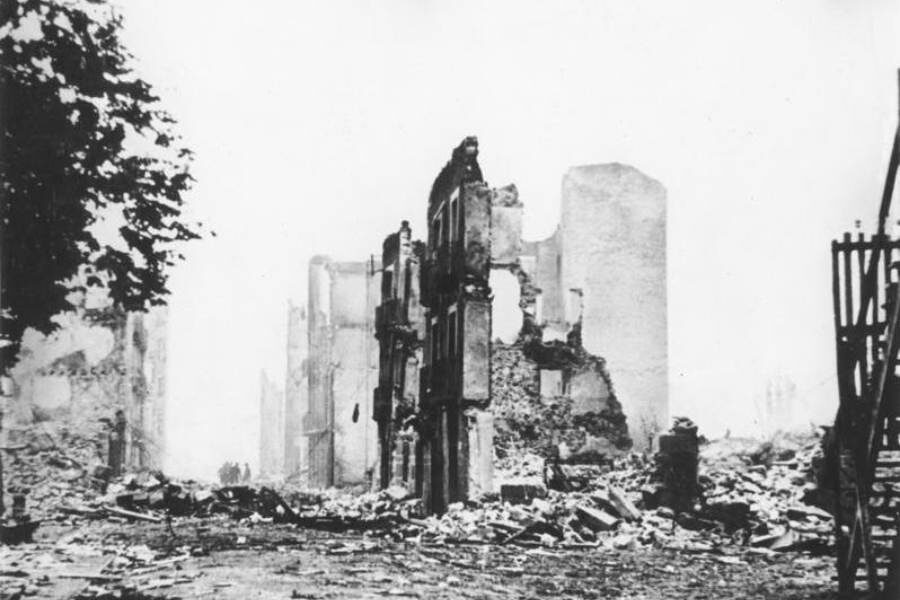
But her mother’s death wouldn’t be Cayetana’s only traumatic childhood incident. Her early years of privilege were interrupted by the Spanish Civil War, which began in 1936.
Her family’s palace in Madrid was bombed and partially destroyed. One of her uncles, Hernando, Duke of Peñaranda, was murdered. So was her childhood pony, Tommy, who was shot to death.
Once again, her father moved them into exile, first to Paris, then to London. For a while, Cayetana’s childhood became one of embassies and displacement.
History Didn’t Happen Around Her—She Lived Inside It
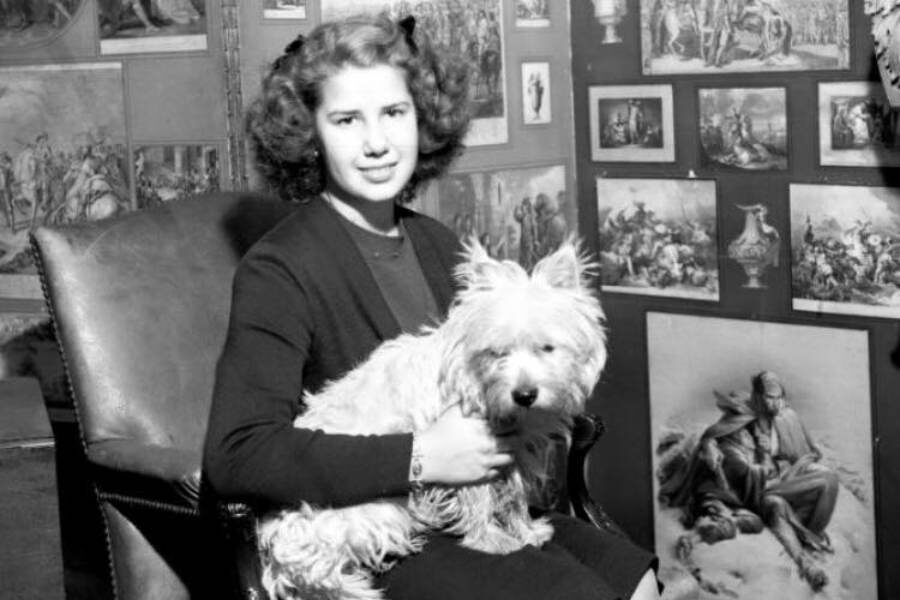
By 1939, Cayetana had moved to London permanently. There, her father served as ambassador for Franco’s regime. There, she didn’t just witness history—she mingled with it.
One of the many prominent figures she encountered regularly was Winston Churchill, Britain’s wartime Prime Minister—and also her distant relative. Yes, that Churchill.
She visited his estate more than once and saw him often in diplomatic circles. Most teens saw teachers—Cayetana saw the man leading the free world.
Not Just a Duchess—A Scholar in Pearls
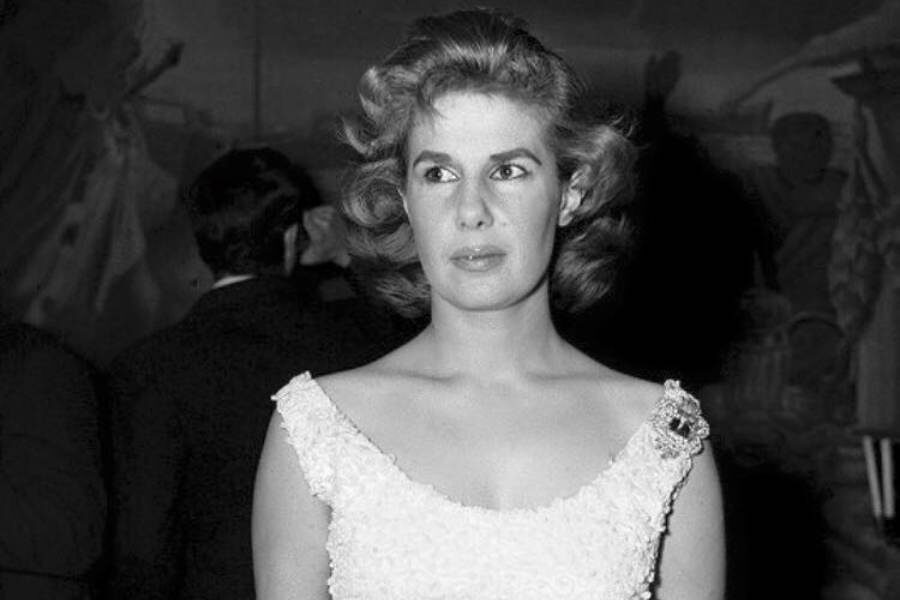
Cayetana’s education was anything but ornamental. In London, her father often took her to museums, turning galleries into classrooms.
She attended a convent school in Kensington, but that was just the beginning. At home, she had private tutors for Spanish language, history, and culture.
Fluent in English from a young age, she soon mastered French and German too. By her teens, she could outtalk diplomats—in four languages, no less.
Friends Before Thrones
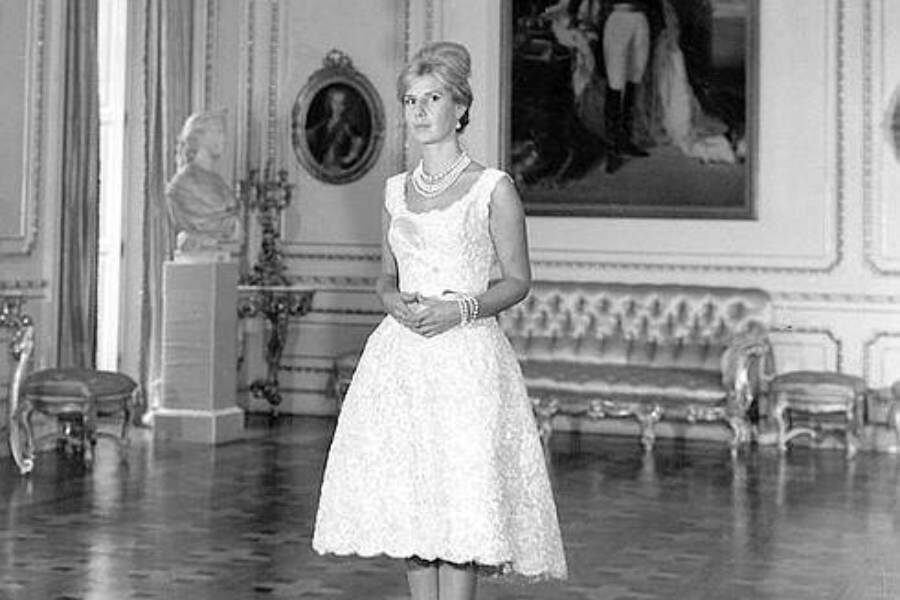
During her London years, Cayetana didn’t just meet interesting people—she befriended the future Queen of England, back when she was still just Lilibet’s mum.
At aristocratic parties, Cayetana often crossed paths with the Duchess of York, who would later become Queen Elizabeth, mother to Queen Elizabeth II.
Their encounters were frequent and informal. While others curtsied nervously, Cayetana chatted as a peer. Even before queens wore crowns, she treated them like equals.
A Life Shaped by Art – And Flamenco
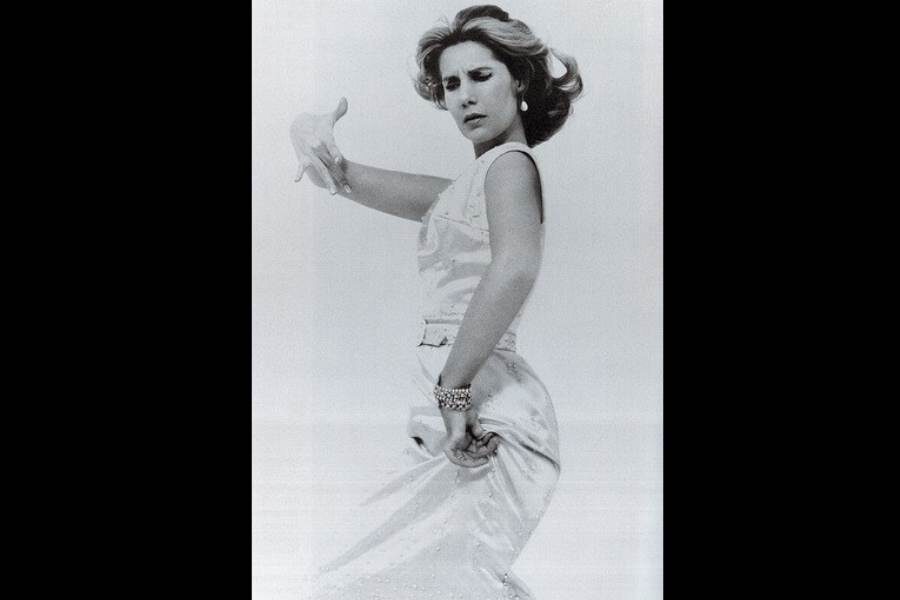
Though Cayetana received much of her early education in London, immersed in museums and classic European art, her heart always beat to a Spanish rhythm.
She was deeply proud of her heritage. From a young age, she embraced flamenco, bullfighting, and the vibrant soul of Andalusia. As she matured, her passion only deepened.
She became a lifelong patron of Spanish culture—defending its traditions, celebrating its beauty, and living it with contagious joy.
Spain’s Most Eligible Debutante
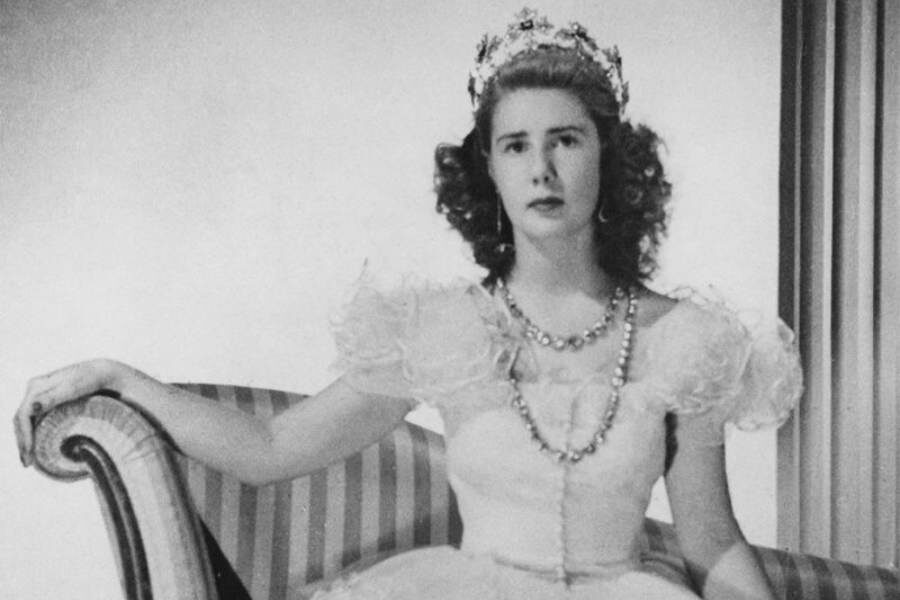
In 1942, as global war deepened, Cayetana returned to Spain. By 1943, she made her dazzling debut into high society, and all eyes were watching.
Her presentation wasn’t just social—it was political. Francisco Franco, the Dictator who ruled Spain at the Time, reportedly ensured his daughter shared the spotlight, eager to link his regime with Spain’s most powerful noble house.
At just 17, Cayetana officially entered elite Spanish life. With beauty, fortune, and titles, she became the ultimate aristocratic prize—and from then on, the gossip never stopped.
Her First Great Love

Cayetana’s first big love story started two years before she was officially a debutante. She was just 15 when she attended her first bullfight at the Maestranza of Seville.
That day, the star was Pepe Luis Vázquez. More than the cape work, it was the man himself who captivated her. “I remember his faenas,” she said, “but not the others—he was the important one.”
Two years later, right after turning 17, the young duchess saw him again and fell completely for him. “I thought I’d never be that in love again,” she confessed to her biographer decades later.
The Romance That Ended Before It Began

Despite her passion, Cayetana’s father, the powerful Duke of Alba, quickly stepped in. A bullfighter, no matter how famous, wasn’t fit for Spain’s top heiress.
“He stopped it completely,” she admitted. “My life fell apart with that impossible love. I was too young.” Her fairytale ended before it ever stood a chance.
Pepe Luis was charming, elegant, and adored—but also the son of a slaughterhouse worker. For her father, love had limits. So, he packed her off to London for a few months. Soon, many other lovers would follow.
Princes, Dukes, and Almosts
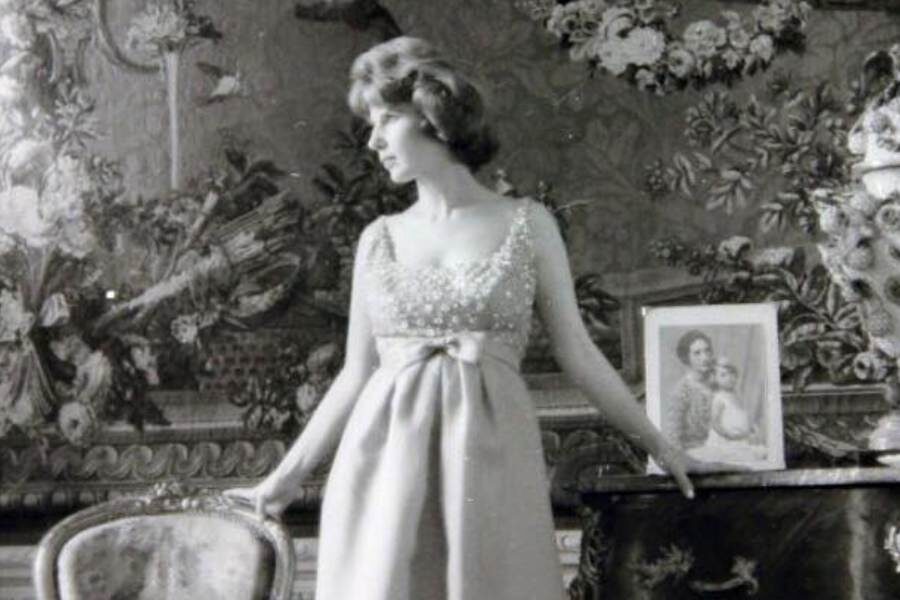
After Pepe Luis, Cayetana’s heart didn’t exactly slow down. She soon became linked to Beltrán Osorio, the Duke of Alburquerque—handsome, noble, and completely unavailable.
Then came Aspreno Colonna, Prince of Paliano, an Italian aristocrat with titles galore and charm to match. But like most aristocratic flings, it fizzled with diplomacy.
Neither suitor fit the full picture: one too married, the other too distant. But by the late 1940s, Cayetana was ready for a marriage that would work—at least on paper.
A Proper Match at Last
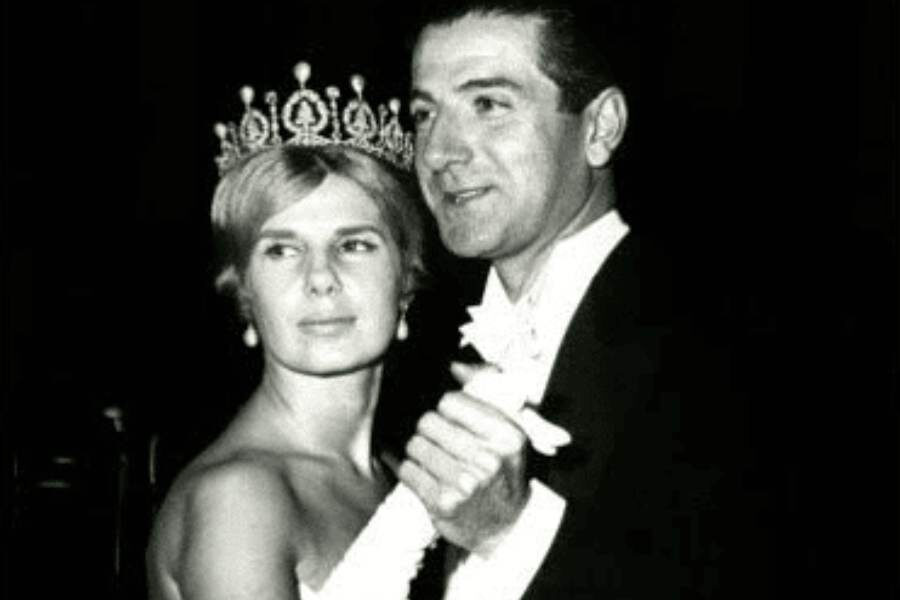
After a string of romantic flings and noble near-misses, Cayetana finally met the man who would become her first great love—and first husband.
In the winter of 1946, she visited her friend Rafael, Marqués de Valencina, in a Madrid hospital. There, she met Luis Martínez de Irujo.
He wasn’t just charming—he was titled, refined, and from a family that ticked every aristocratic box. By summer, sparks flew. By January 1947, they were officially engaged.
“Why Study? You’ll Be the Duke of Alba”
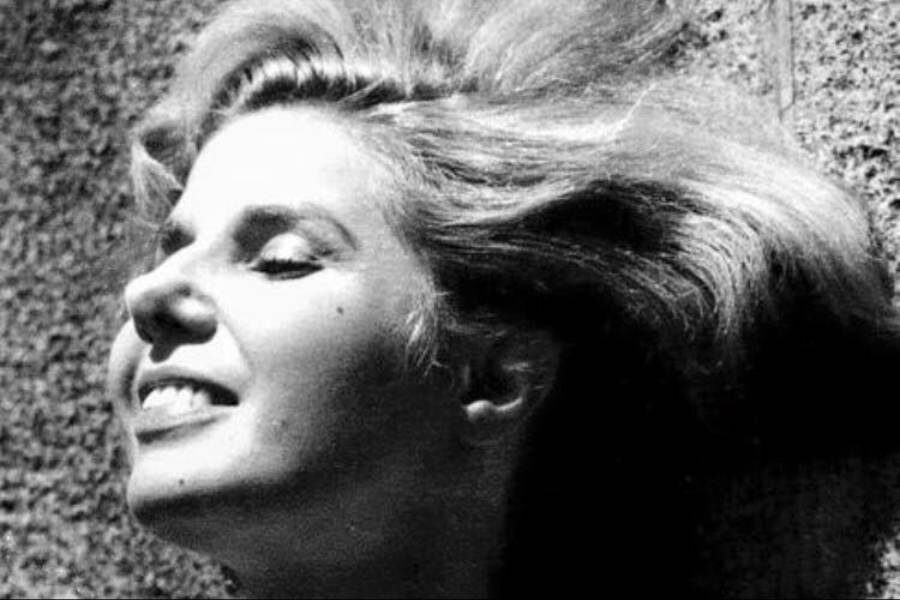
One story, told by Cayetana herself, perfectly captures her irreverent charm and lifelong disregard for stiff protocol and social formalities.
When her fiancé Luis, then an engineering student, mentioned needing time to finish his degree, Cayetana answered without missing a beat.
“Why do you want to study if you’re going to be the Duke of Alba?” she asked. Practicality bored her—titles, love, and life were far more urgent.
The Wedding of the Century
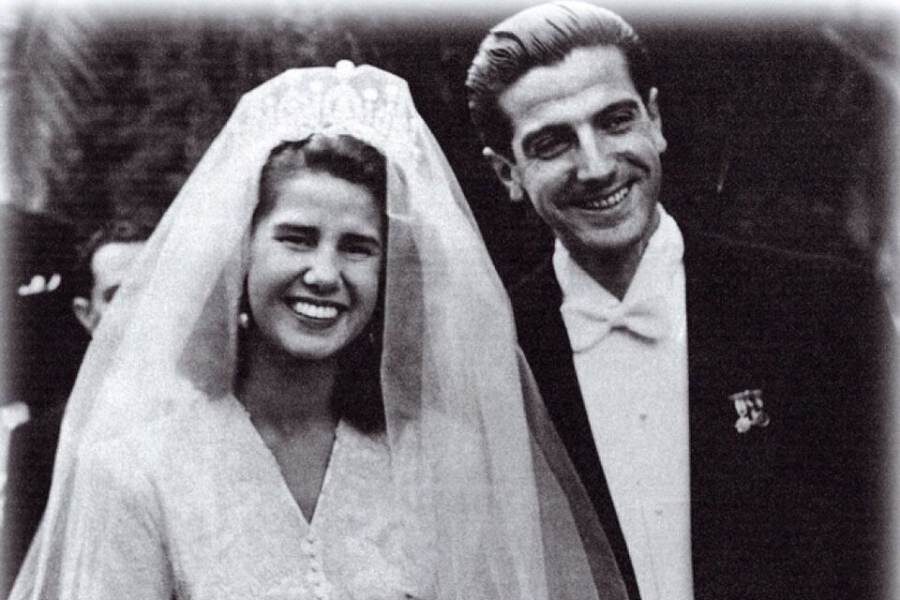
On October 12, 1947, Cayetana married Luis in the Cathedral of Seville, in what would become one of Spain’s most iconic weddings.
The French newspaper Libération called it “the most expensive wedding in the world,” costing nearly 20 million pesetas. It was even compared to Queen Elizabeth II’s wedding.
Guests were served 700 kilos of fish, 400 kilos of ham, 5,000 bottles of wine, and 2,000 bottles of champagne. The bride wore Chantilly and 18th-century Brussels lace—fitting for Spain’s richest woman.
A Honeymoon Fit for the Silver Screen

Cayetana was never one for convention, so it’s no surprise her honeymoon destination wasn’t Venice or Paris—it was Hollywood, glittering and unapologetically glamorous.
There, the newlywed Duchess of Alba charmed Tinseltown’s elite. Douglas Fairbanks Jr. threw them a party, and the guest list was straight out of a dream.
They mingled with Gary Cooper, Cary Grant, Henry Fonda, Marlene Dietrich, Bing Crosby, and Merle Oberon. Spain’s most elegant bride had officially arrived on the global stage.
Six Children, One Legendary Bloodline
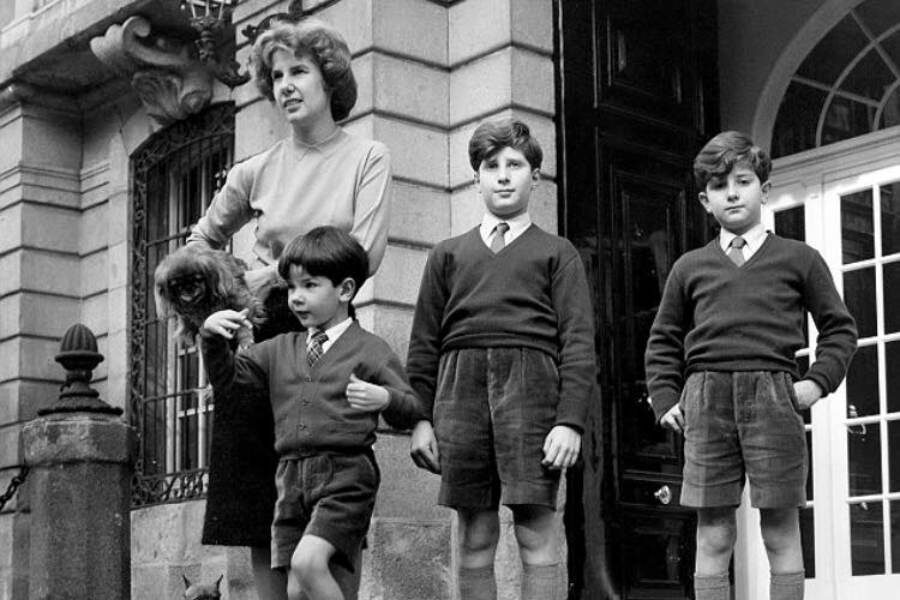
During her marriage to Luis Martínez de Irujo, Cayetana had six children: Carlos, Alfonso, Jacobo, Fernando, Cayetano, and Eugenia, born between 1948 and 1968.
Carlos, the eldest, inherited the title of Duke of Alba. Alfonso became Duke of Aliaga, Jacobo the Count of Siruela, and Fernando the Marquess of San Vicente del Barco.
Cayetano received the title of Count of Salvatierra, while Eugenia, the youngest and only daughter, was named Duchess of Montoro—each continuing the Alba legacy in their own right.
A Cultural Icon
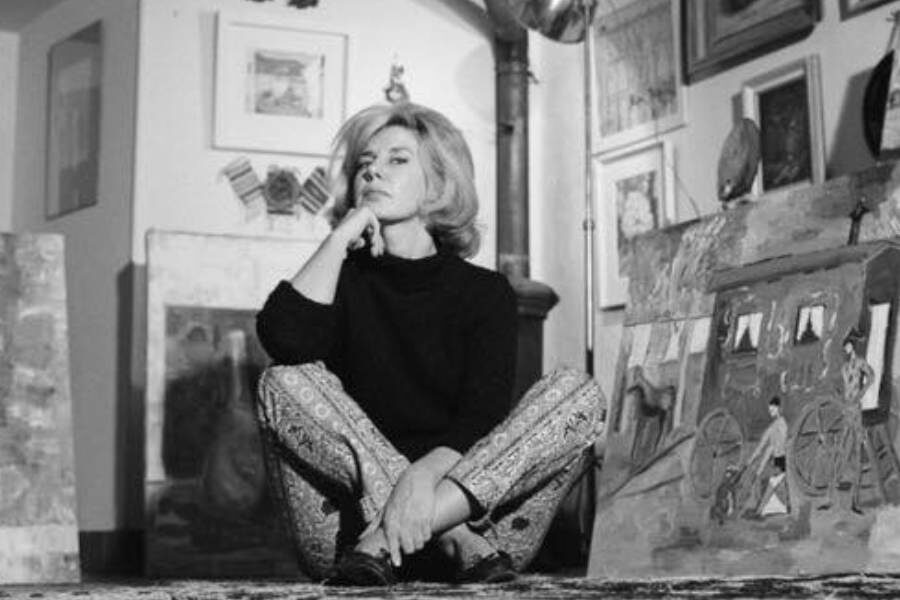
Marriage and motherhood didn’t tame Cayetana—they brought her into full bloom. With charisma and conviction, she redefined what it meant to be a modern noblewoman.
She wore flamenco dresses like couture, danced in public, and loved Spanish traditions deeply. Her joy for life made her both relatable and unmistakably iconic.
Far from aloof, she became a symbol of independence and bold femininity—earning admiration not just as a duchess, but as a true style icon in her own right.
A Collector, a Curator—and Almost a Maja
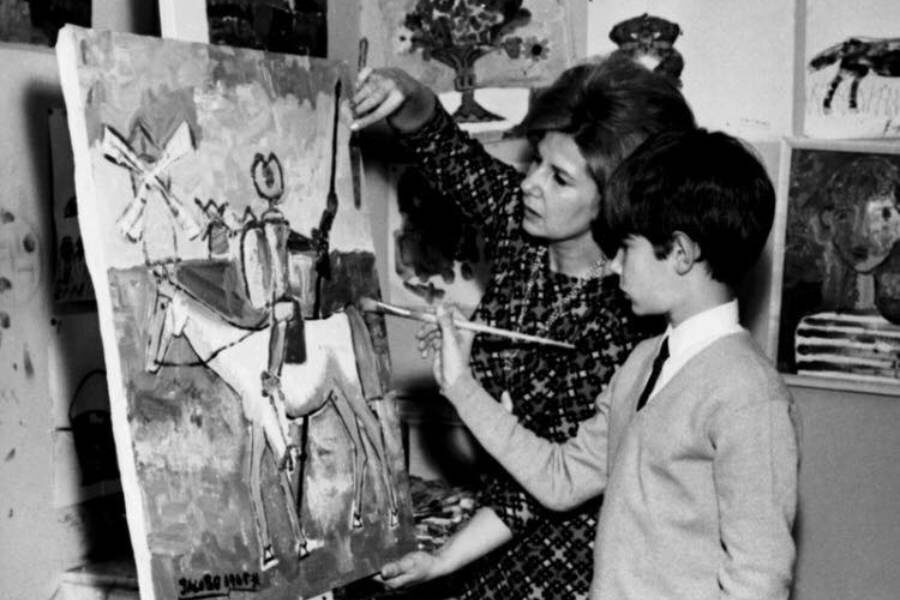
Cayetana’s love for art went far beyond admiration. She spent years curating one of Europe’s most valuable private collections, filled with works by Goya, Velázquez, Titian, Rubens, and Rembrandt.
Her dedication bordered on professional. She knew her collection intimately, treated each piece like history itself, and was respected in artistic circles as much as noble ones.
She was so admired that, in 1960, Picasso asked to paint her nude—like Goya’s Maja Desnuda. Her husband said no, but the world’s greatest artists still wanted a piece of her.
A Widow at Forty-Six
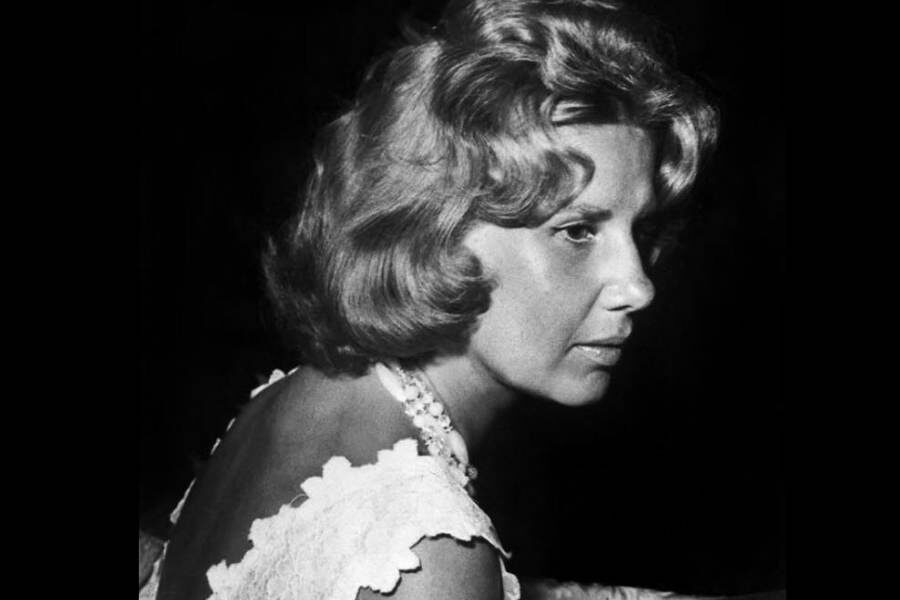
Not everything in Cayetana’s life was palaces and glamour. In 1972, after 25 years of marriage, she faced one of her deepest personal tragedies.
During a trip to New York, her husband, Luis Martínez de Irujo, was diagnosed with an aggressive form of leukemia in August of that year—without ever knowing he was ill.
Just a month later, in September 1972, he died in the United States. At 46, Cayetana was left a widow with six children and a shattered heart.
A Love Lost—and an Unexpected One Ahead
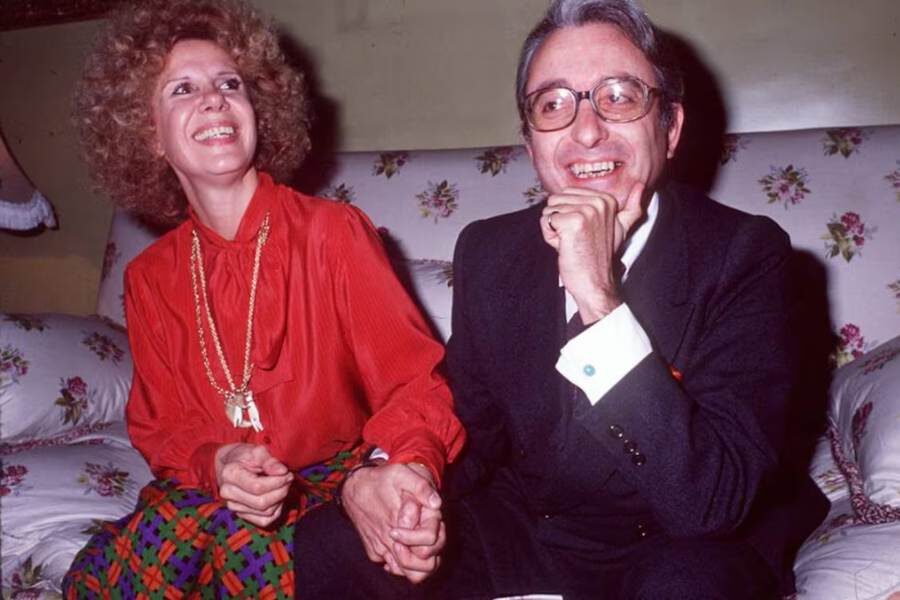
Cayetana was devastated by the loss of her husband, Luis Martínez de Irujo. Though she had married him following her father’s wishes, she came to love him deeply.
“His death caused me great pain,” she later admitted. “I thought I’d never marry again. I wasn’t a girl anymore—I had six children.”
But life had other plans. Just when she believed her heart had closed that chapter forever, fate introduced a new name and a new love: Jesús Aguirre.
The Ex-Priest Who Stole Her Heart
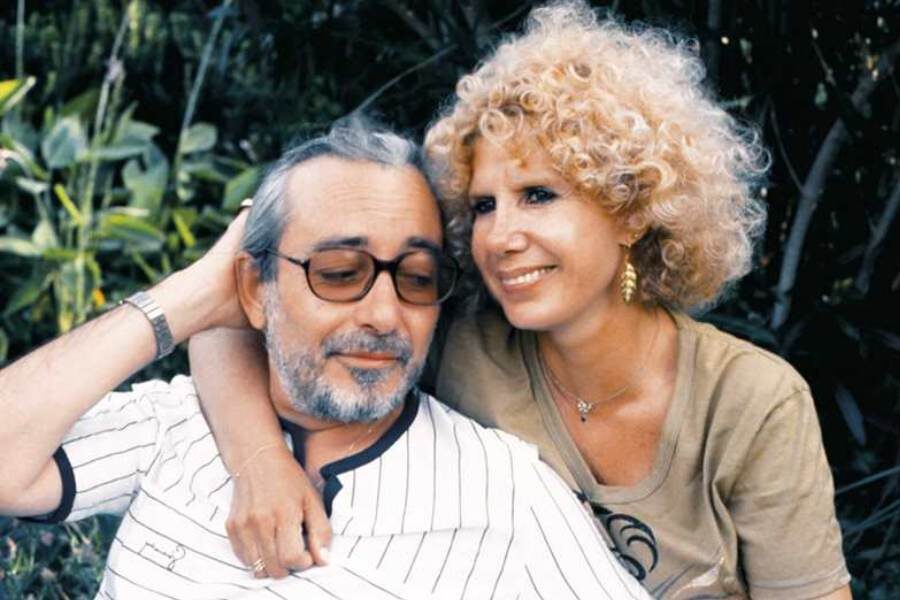
Cayetana met Jesús in 1975, when he was working as a journalist. She agreed to interviews, but it was his mind that truly captivated her.
Their connection grew from conversation and mutual respect. What began as a friendship turned into something deeper, leading to an engagement in 1978 that shocked aristocratic Spain.
The scandal? Jesús was an ex-priest. For many nobles, that detail was unthinkable—but for Cayetana, it only confirmed what she valued most: intelligence, not titles.
A Simple Wedding, a Bold Statement
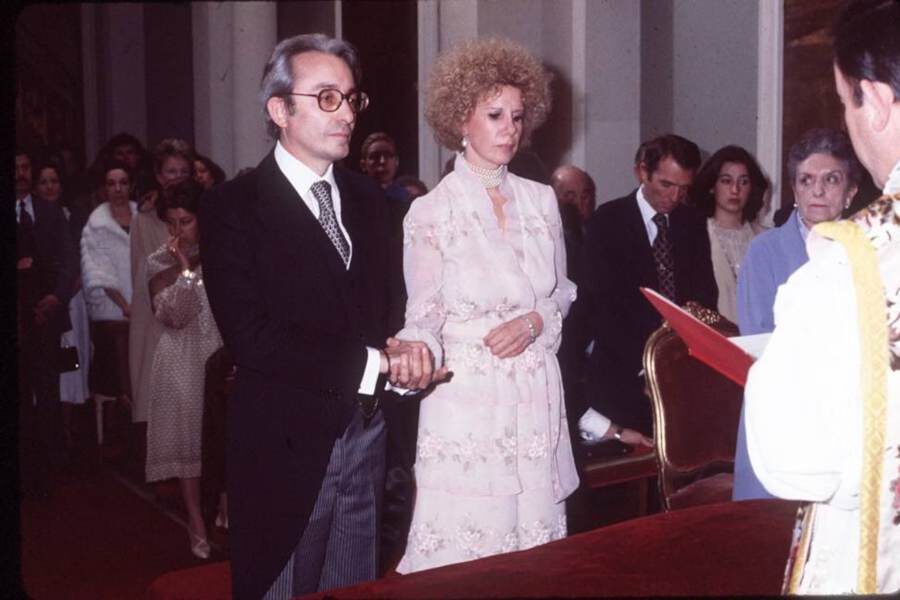
Cayetana’s second wedding, to Jesús in 1978, was far less extravagant than her first—but still dubbed “the wedding of the year” by the press.
Many couldn’t understand what Spain’s most titled woman saw in a man described as dry, reserved, and worlds away from aristocratic charm. She didn’t care.
“There are people who can’t forgive me for marrying an intelligent man,” she told reporters. “We’re happy. That’s enough.” Still, she wisely signed a prenuptial agreement.
A Lasting Marriage, But Not Without Tension

Cayetana and Jesús remained married for 23 years—a surprising longevity that silenced many early critics of their unconventional union. But not everyone was convinced.
Her children, particularly Eugenia, Cayetano, and Fernando, spoke harshly of their stepfather. Despite his intellect, they described him as cold, distant, and emotionally unavailable.
“Aguirre was terrible for us,” said Eugenia. “He was cultured, but not human.” Cayetano called him “tremendous,” and Fernando described him bluntly: “a very twisted man.”
A Widow Once More—and Then, a Surprise
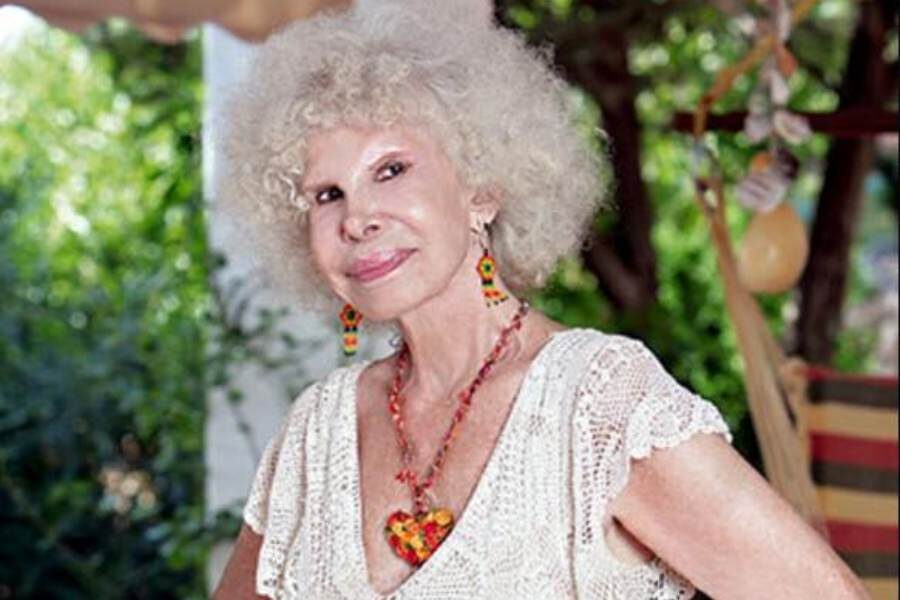
In 2001, Cayetana was widowed for the second time when Jesús died of pharyngeal cancer. Rumors suggested they had grown distant, but the loss still struck hard.
She was now doubly widowed, but not defeated. Over the next decade, she threw herself into the things she loved most: travel, art, flamenco, and public life.
Then, in 2011, at 85, she shocked the world—and especially her children—by making an incredible announcement: she had fallen in love again with a man 25 years her junior, and intended to marry him.
She Shook the Family Tree
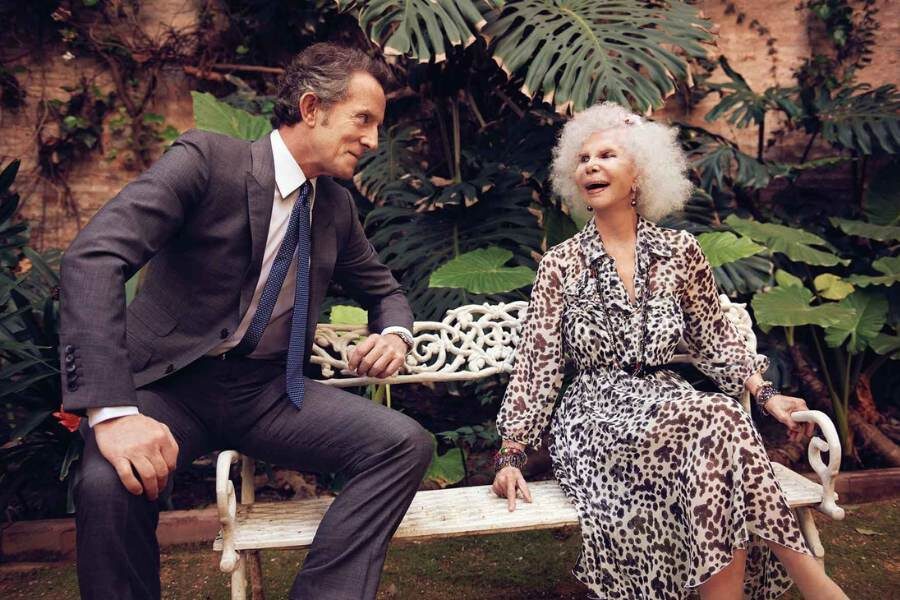
In 2008, Cayetana made her relationship with Alfonso Díez Carabantes public—a quiet, 60-year-old civil servant from the Ministry of Labor, nearly 25 years her junior.
Though they had known each other decades earlier, their romance only began in earnest at the end of 2007. By 2008, it was official—and controversial.
Her children were furious. Who was this younger man, and what did he want from their mother? When she revealed plans to marry him, they erupted.
A Wedding on Hold
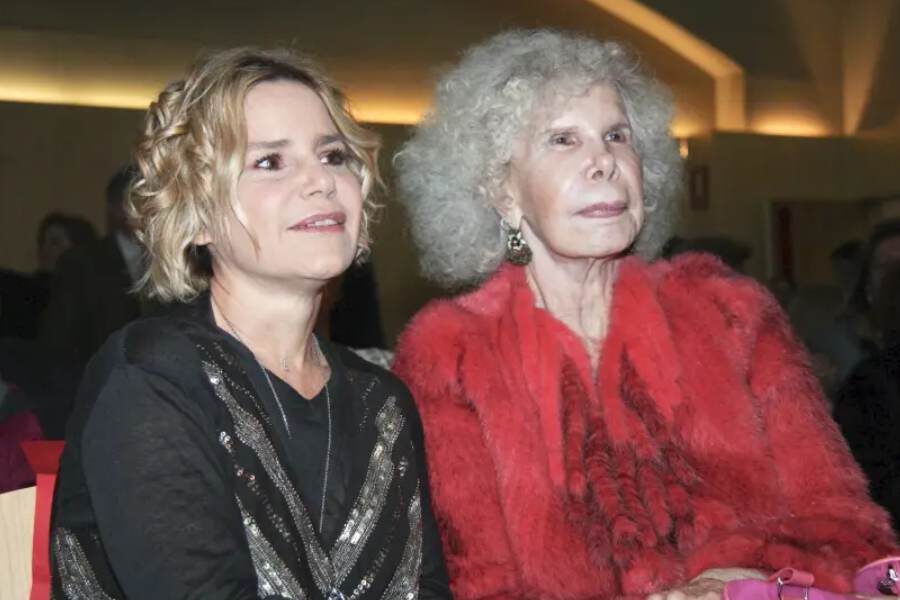
After announcing her plans to marry Alfonso, Cayetana faced immediate pushback from her children—especially her two eldest sons, Carlos and Alfonso.
“The hard part was that my children didn’t understand… and I must say, I was quite angry,” she admitted in an interview with ¡Hola! magazine.
Out of respect—or perhaps exhaustion—she agreed to cancel the wedding. “Yes, we had the idea to marry, full of hope,” she said. But the story wasn’t over.
She Gave Them Castles—They Gave Her a Wedding
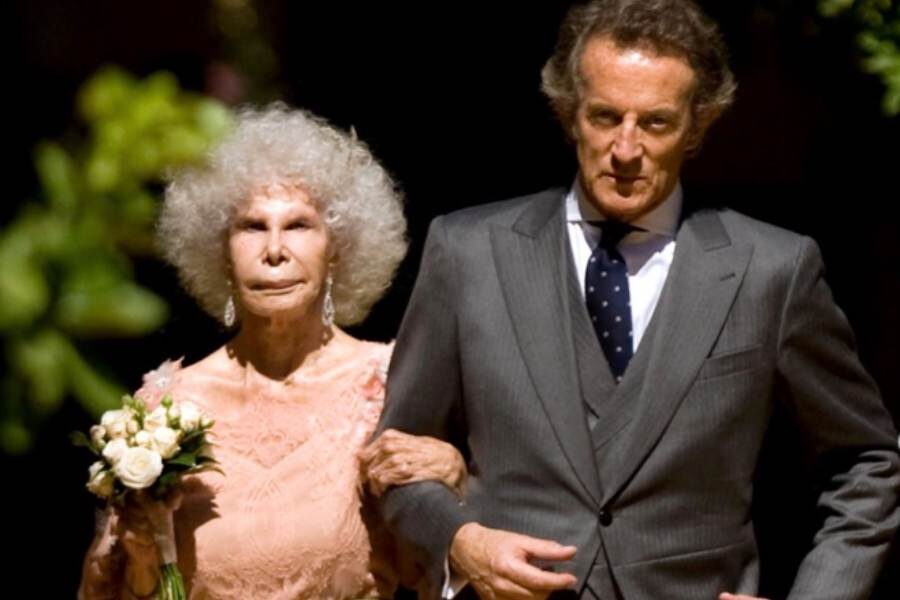
True to her strong will and unshakable character, Cayetana wasn’t about to let anyone—not even her own children—decide how her love story would end.
In July 2011, she made a bold move: she divided her inheritance among her six children while still alive, gifting them palaces, titles, and fortunes.
With their futures secured, resistance softened. Her children finally gave their blessing, and Cayetana got what she wanted all along—to marry on her own terms.
A Few Empty Chairs, But No Regrets

Though the wedding was intimate and joyful, two of Cayetana’s six children were notably absent: Eugenia and Jacobo didn’t attend the long-awaited ceremony.
Eugenia was reportedly hospitalized in Madrid with a case of chickenpox, while Jacobo cited an “unavoidable trip” as his reason for missing the event.
Excuses or quiet protests? Hard to say—but Cayetana didn’t let it dim her joy. “Alfonso loves me,” she said, “not the titles, but the woman who holds them.”
In Alfonso’s Words
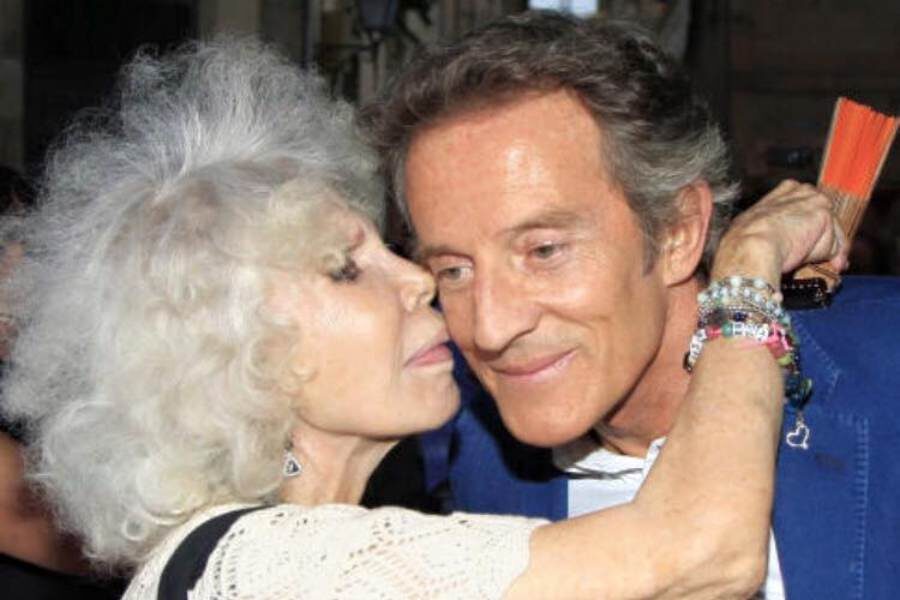
While the world questioned his intentions, Alfonso Díez always made one thing clear—his love for Cayetana was real, deep, and unwavering.
“Cayetana was the best and most important thing that ever happened to me,” he once said. “She was a true woman, through and through.”
He spoke of shared travels, long conversations, and their mutual love of cinema. “Being with her,” he added, “was a pleasure and an honor.” Doubt never stood a chance.
Her Final Years, With Love by Her Side
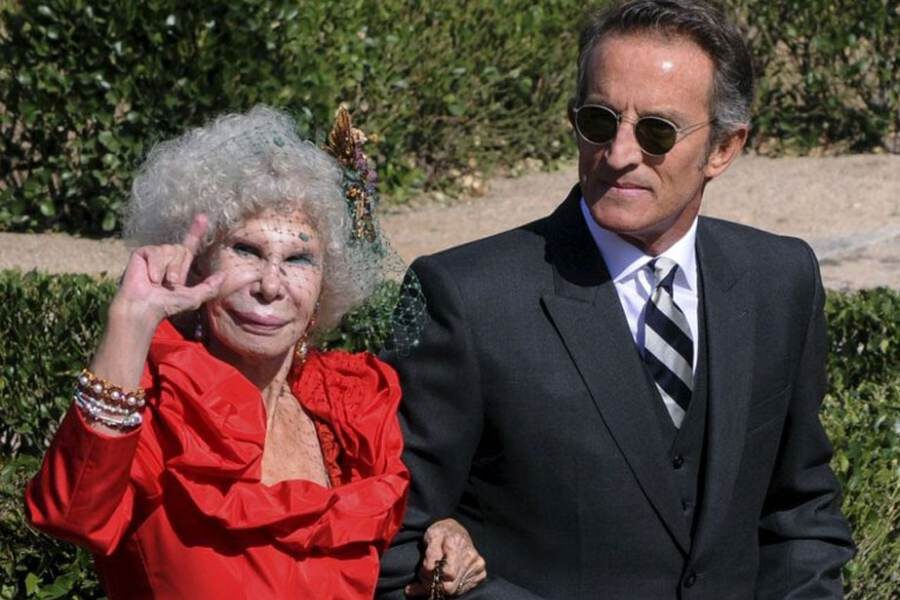
Cayetana passed away on November 20, 2014, just three years after her wedding to Alfonso Díez, at the age of 88, following a battle with cancer.
Though their union was once met with skepticism, her family later expressed deep gratitude for Alfonso’s presence and devotion during her final years.
“Mamá had a great fear of loneliness,” her son Cayetano shared. “Alfonso was always there. He brought calm and warmth to a family often divided. We’re thankful.”
A Life Lived Loudly, Bravely, and Entirely Her Own
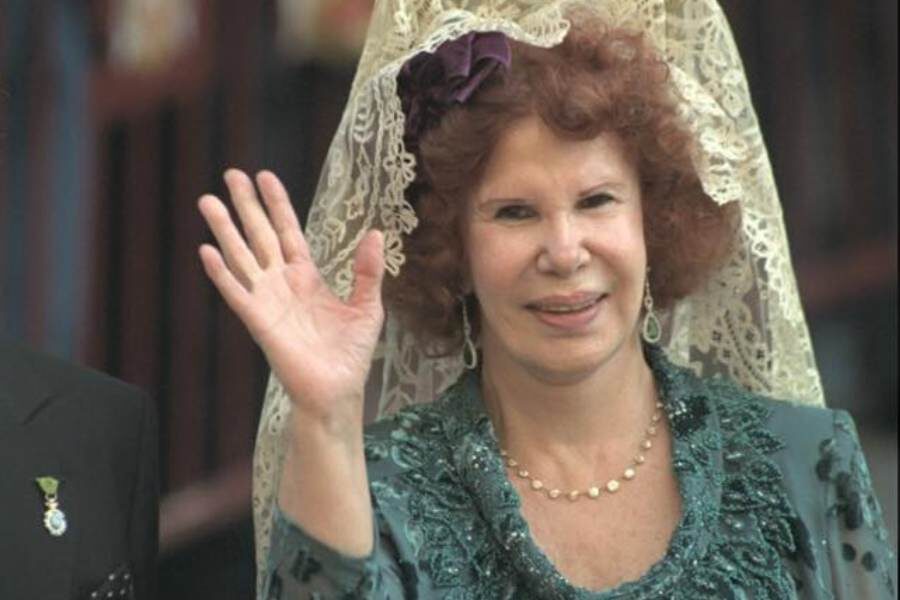
Cayetana Fitz-James Stuart didn’t just hold titles—she embodied what it meant to live fully, fiercely, and unapologetically. She laughed, danced, loved, and sometimes broke the rules.
She embraced joy and endured loss, fell in love more than once, defied expectations, and never let fear—or protocol—dictate her path. She was always, unmistakably herself.
More than a duchess, she was a symbol of courage, freedom, and individuality. Her life reminds us not to take a single day—or feeling—for granted.
